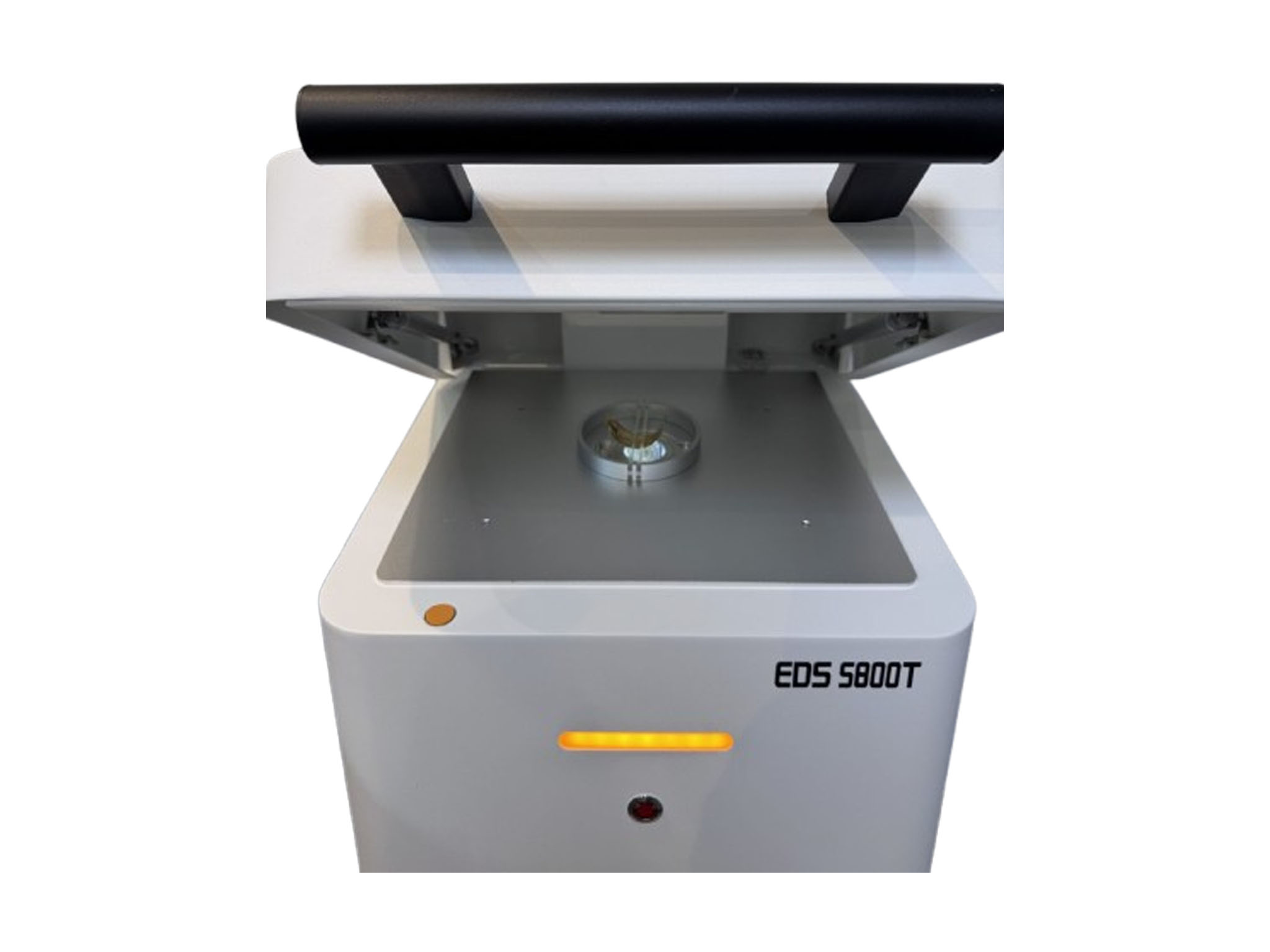
Why do you use XRF analysis?
Gold Traders processes a lot of precious metals every day. We can tell by sight or weight if the material is real by our expert team who have handled it for many years. Magnifying glasses are used to examine tiny marks, but they can be unreliable (especially when dealing with foreign materials). Most jewellery, including coins and jewelry, do not display their purity. Your precious metals are priced based on their purity. It is vital that we are able to accurately identify any product’s chemical composition. We use an XRF machine to do so. Our Wiltshire processing center uses a tabletop XRF for the majority of items that arrive by mail.
What does XRF measure?
XRF machines are based on the science behind X-ray Fluorescence. XRF devices produce a radiation beam that, when aimed on samples, can measure the amount of each element. This is presented by the machine as a breakdown of percentages. The machines provide lab-quality information in seconds, giving us an accurate picture of the item’s composition. We can now authenticate your precious metals and get you paid the same day.
What is XRF analysis?
Before installing the machine, we studied the XRF method to make sure we knew what it was all about. Each element has a specific number of electrons in their atomic orbitals. When X-rays hit an object and expel electrons from its inner orbital layers, the atom becomes unstable. The atom becomes stable and electrons in its outer, higher-energy shell fill up the space left by the expulsion of the inner shell. This transition releases photons, which are detected by the machine. The process can be broken down into four main steps.
- When the XRF device is used to test a specimen, it emits X-rays.
- The sample fluoresces when the X rays hit it, and the X rays are sent back to the machine.
- This machine uses the energy spectrum of the samples to identify the elements present and how much each element is in the sample.
- We can analyse the machine and display its results.
It’s been around for quite a while. In fact, X-rays for chemical analysis were first used in 1913. XRF commercial machines have been around for a while, but the technology has improved over time.
Does XRF cause damage?
The XRF test is one type of non-destructive testing. It’s also important to remember that we may have to file down an item in order to get past the potential plating. We would still have to use the old-fashioned “acid test” method without this kit. It is still widely used by gold buyers today, but it is less accurate. Gold buyers will pay lower rates if they rely on the acid test results. The acid test is performed by an expert who makes a scratch in the metal surface and then drops a very concentrated amount of acid onto the object. It is the chemical reaction that determines if an item is gold, and, if it is, a high, medium, or low carat. Since acid testing cannot determine if, for instance, an item has 21 or 22 carats, a buyer will use this method to be conservative in their valuation. We do disassemble some items to perform an XRF analysis. A good example is watches. It is possible to read the objects better if they are broken into different components, which can have different compositions. The case and face of a clock may have different materials. Do not worry, we identify all items carefully to determine if they have any value other than scrap. We don’t break Rolexes into pieces to fit them in the XRF machine.
Is XRF Dangerous?
Radiation from desktop and portable XRF devices is comparable to that of a dental radiograph. It is safe to use and will not make any objects ‘radioactive or dangerous’ if used correctly. Our team uses our XRF equipment all day, every day. We follow the ALARA rule to protect ourselves. This means we only expose ourselves to doses that are ‘As low as reasonably achievable’. Our risk assessment and health and safety policies require us to follow certain practices, including not holding items while analyzing them and aiming our portable device at a distance from our body.
